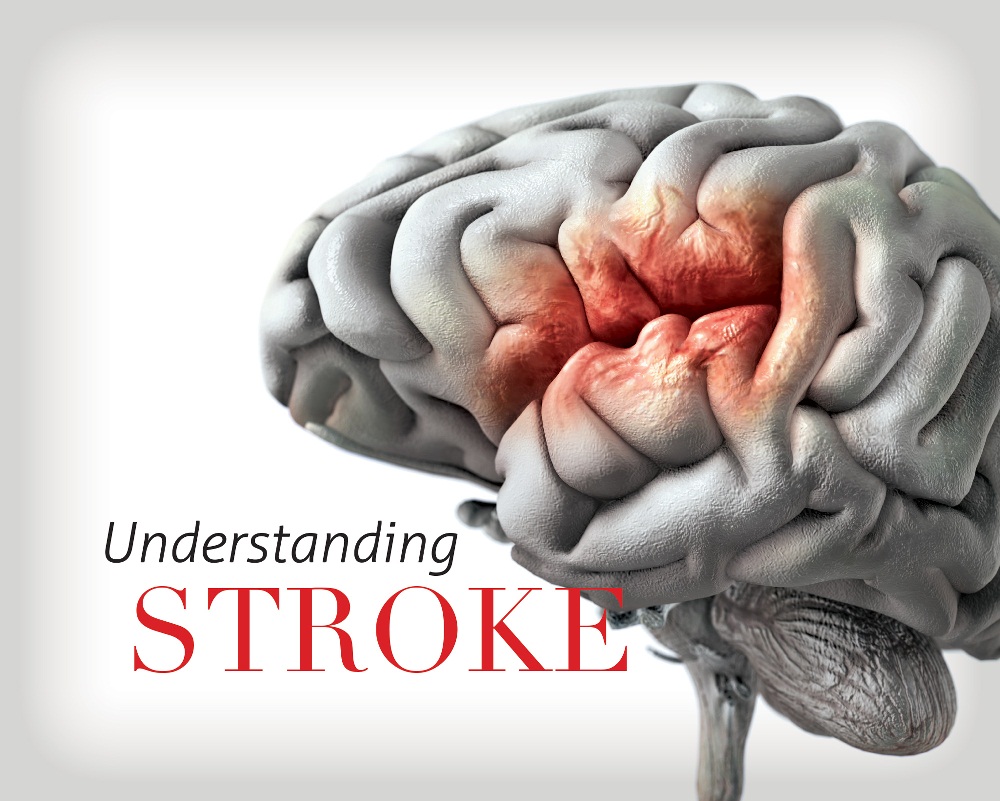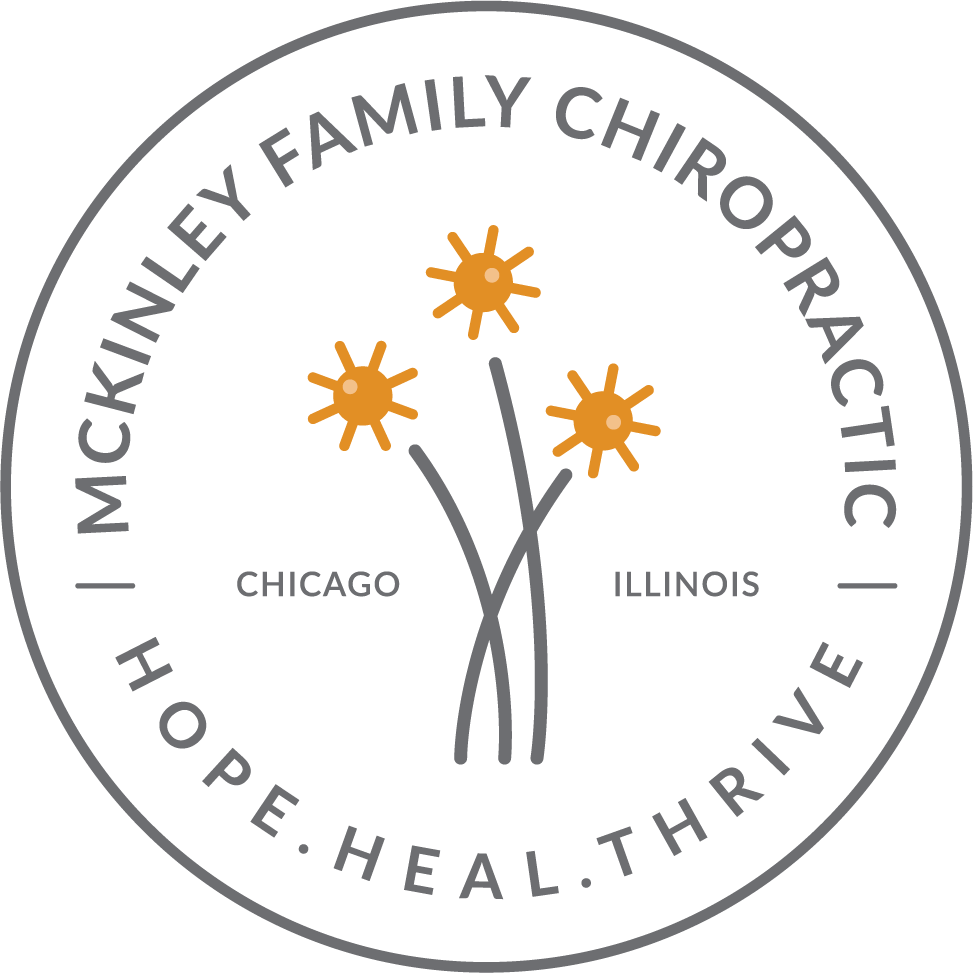by floodlightseo
Share
by floodlightseo
Share

For this article we wanted to address a question that’s been asked recently by a couple patients….”Do Chiropractic adjustment cause strokes?”. We’ve dug into the studies on this topic and have provided the details to 5 separate studies in this article. These details will show that Chiropractic adjustments do not increase the risk or cause strokes.
Study 1
Cassidy et al looked at incidence rates of VBA (Vertebrobasiler artery) stroke following visits to a Chiropractor compared to visits to a primary care physician (PCP).
- Looked at all VBA strokes from 1993-2002 (818 strokes over 100 million persons- year).
- Concluded: “We found no evidence of excess risk of VBA stroke associated with Chiropractic care as compared to primary care.” Patient is just as likely to suffer a stroke after visiting a PCP as after visiting a Chiropractor.
Cassidy D, Boyle E et al. Risk of vertebrobasilar stroke and chiropractic care: results of a population- based case-control and case-crossover study. Spine.2008;33(4S) Neck Pain Task Force:S176-183.
Study 2
Kosloff et al looked at the incidence rates of VBA stroke following visits to a chiropractor compared to visits to a primary care physician (PCP).
- Analyzed all VBA strokes using administrative data from commercially insured and Medicare patients in the U.S. from Jan 2011- December 2013 (1,829 VBA Strokes).
- Concluded: “We found no significant association between exposure to Chiropractic care and the risk of VBA stroke. We concluded that manipulation is an unlikely cause of VBA stroke.”
- Found significant association between PCP visits and VBA stroke, attributed to patients seeking care for symptoms of arterial dissection (HA, neck pain)
- Side note – Chiropractic visits did not include manipulation in 33% commercial and 50% Medicare populations, so inaccurate to use Chiropractic visit as a measure of exposure to manipulation.
Kosloff TM, Elton D, et al. Chiropractic care and the risk of vertebrobasilar stroke: results of a case-control study in the U.S. commercial and Medicare Advantage populations. Chiropr Man Ther. 2015;23:19.
Study 3
Thiel et al evaluated incidence of adverse events (AE) following spinal manipulation in 19,722 patients (50,276 cervical manipulations) in U.K.
- Found no serious AE.
- Concluded: “…the risk of serious adverse events, immediately or up to 7days after treatment, was low to very low.”
Thiel HW, Bolton JE et al Safety of chiropractic manipulation of the cervical spine: a prospective national study. Spine 2007;32(21):2375-2378
Study 4
Piper et al looked at mechanical stress and strain on vertebral artery (VA) during cervical ROM and manipulation.
- Found that manipulation was less stressful on the VA than cervical passive end ranges of motion.
- Strain from both ROM and CMT was well below published VA failure rates.
Piper SL,Howarth SJ, Triano J, Herzog W. Quantifying strain in the vertebral artery with simultaneous motion analysis of the head and neck: A preliminary investigation. Clinical Biomechanics 2014;29:1099-1107.
Study 5
Carnes et al did a systematic review of adverse events (AE) and manual therapy (MT) in all age groups (8 prospective cohort studies, 31 RCTs).
- Found no reports of serious or catastrophic AE.
- Authors Concluded “The risk of major AE with MT is low… the relative risk of AE appears greater with drug therapy…”
Carnes D, Mars TS, et al: Adverse events and manual therapy: A systematic review. Manual Therapy 2010; 15(4):355-363
Diving into the sunscreen issue can make you feel less than “sunny” about your day and definitely put a “cloud” into your investigative efforts. While some scientific and dermatologists will urge you to avoid sun like the plague, some other equally sound evidence may point to the fact than avoiding sun altogether may be causing […]
The mother’s body is capable of such an amazing gift for her child through the natural ability to breastfeed. This gift allows the mother to provide her child with the proper amounts of physical nurturing and nutrition in order to promote the ability to thrive and grow. However, as remarkable as the art of breastfeeding […]




